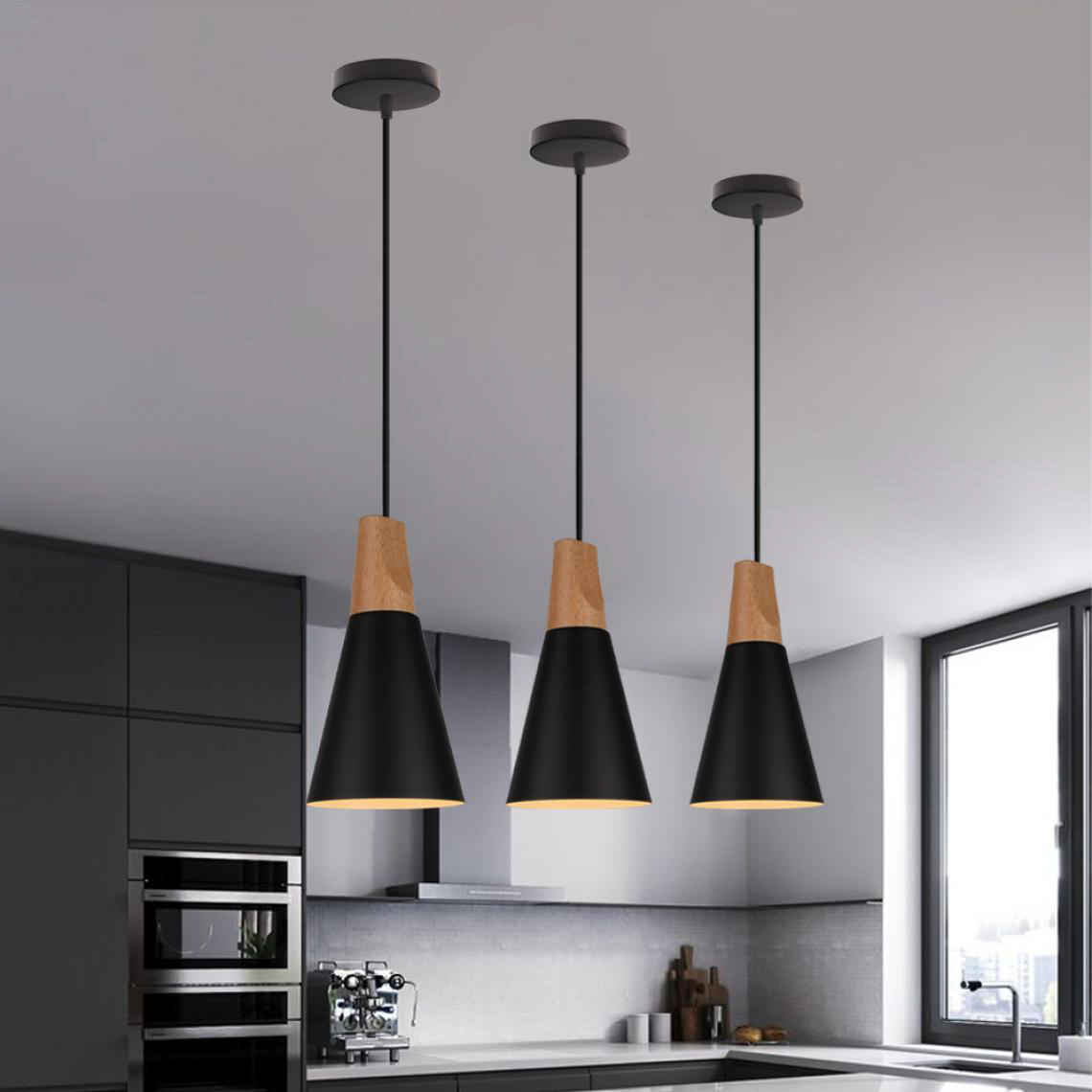Introduction
A beautifully designed ceiling can become the centerpiece of any room. It’s often the overlooked element in the overall design scheme of your home, but it can add depth, elegance, and style to your interiors. If you’re looking to give your home a much-needed makeover, starting with the ceiling can provide you with stunning results. This article can guide you through the process of designing a simple and elegant ceiling for your home, through various tips and tricks.
Step 1: Determine the Purpose and Style
Before you start designing your ceiling, it is important to determine the purpose and style. A ceiling can serve many purposes, such as increasing the perceived height of the room, adding warmth and coziness, or creating a dramatic focal point. Once you’ve identified the purpose, you need to think about the overall style you want to achieve. There are several ceiling styles to choose from, such as coffered, vaulted, tray, or cathedral. Each style has its own unique features and design elements. Decide which one suits your taste and the overall style of your home.
Step 2: Choose the Right Materials
When it comes to ceiling design, choosing the right materials plays a significant role. The materials you select should complement the overall style of your home while being practical and long-lasting. Some popular materials for ceiling design include wood, gypsum board, metal panels, and glass fiber reinforced gypsum. Each material has its own set of benefits and drawbacks. For example, wood provides a charming and rustic look, while gypsum board is easy to install and low-cost.
Step 3: Add Lighting Elements
Adding lighting elements to your ceiling design can enhance the overall appearance of your room. Lighting fixtures can be used to highlight the design elements of your ceiling, create a warm and inviting ambiance, or provide functional lighting. In addition to traditional chandeliers and pendant lights, you can also incorporate recessed lighting or LED strip lighting to create a unique and modern look.
Step 4: Choose the Right Color Palette
Selecting the appropriate color palette is crucial when it comes to designing a simple and elegant ceiling. You can create visual interest by using contrasting colors, but it’s important to ensure that the colors you choose harmonize and don’t clash. A simple and timeless color palette will allow your ceiling design to stand out without overwhelming the rest of the room. Neutral colors like beige, white, or cream can create a warm and inviting ambiance, while bolder shades like navy, black, or dark gray can add drama and sophistication.
Step 5: Incorporate Texture
Adding texture to your ceiling can provide depth and interest to your home interiors. Textured ceilings can be achieved through various techniques, such as applying a textured plaster or using decorative panels. The texture you choose will depend on the style you want to achieve, but you can consider options like beadboard, wainscoting, or tin. Textured ceilings can also be painted to add even more visual interest to your space.



